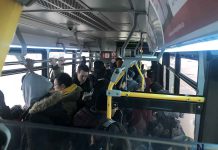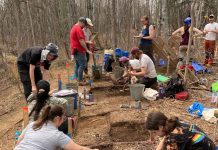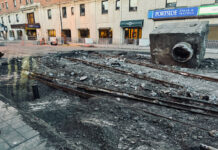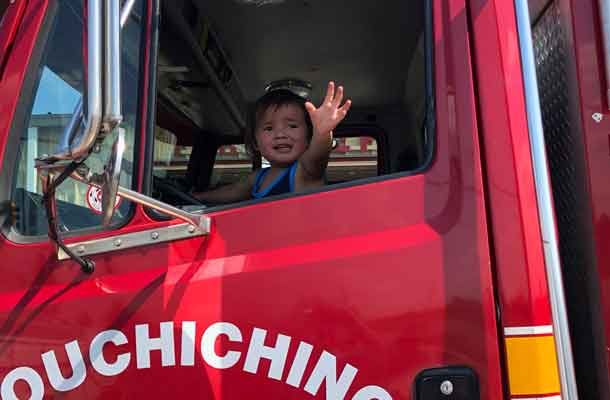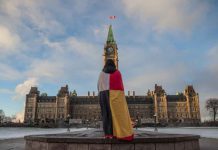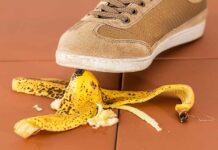Those most at risk of COVID-19 in Indigenous communities are keepers of treasured knowledge
WINNIPEG – It’s a nightmare scenario: an outsider infected with COVID-19 enters an Indigenous community for work. Co-workers go home and expose their family to the virus. If the home is overcrowded, shoddy, or is mouldy and damaged — as is the case in nearly every Indigenous community in Manitoba — the sickness spreads immediately.
Due to a lack of adequate health care in the community, including no ventilators, the virus goes unchecked for weeks.
This isn’t made up. It is happening.
On March 24, five people in Kahnawake, Que., were diagnosed with COVID-19, including a person who worked at the Mohawk community hospital, where a non-Mohawk physician tested positive last week.
In a livestream briefing, Lisa Westaway, executive director of the Kateri Memorial Hospital Centre said of the five new cases: “We haven’t been able to identify the source. Therefore, that is a sign of community transmission.”
Kahnawake, which is south of Montreal, across the St. Lawrence River, is one of those rare Indigenous communities that has a hospital. Like most, it has a lack of tests, infrastructure, and ability to handle more than a few emergency cases at once.
Now, Mohawk officials are pleading with their relatives.
“What that tells us, there are many people who are COVID-19 positive,” Westaway warned her community. “And that we should all be taking precautionary measures.”
Indigenous communities will be among the hardest hit by the pandemic — this much we know. History shows that, in times of strife, the marginalized always suffer the most.
We even know who’s to blame for this fact: Canada.
The incredible poverty in Indigenous urban and rural communities is a result of the Indian Act, residential schools, and a host of other policies in the last 150 years. They have created situations where addiction, unsanitary conditions and sickness thrive. Whether tuberculosis or, more recently, H1N1, Indigenous communities will be hardest hit by any sickness. So, while Indigenous communities are at the front line of the COVID-19 pandemic, those most vulnerable in them are most susceptible to the worst effects of the virus.
These are Indigenous elders — who also happen to be the cultural leaders, historians, and (often the only) ancestral language speakers in Indigenous communities. Long-held as our spiritual centres, Indigenous communities are at risk of losing their foundations.
Losing an elder in an Indigenous community means losing songs that have been sung since before European contact, stories about resistance in residential school, and skills such as hunting and trapping, cooking traditional food, and creating drums and beadwork. Every elder in our communities holds a degree of our collective wisdom, history, and teachings that guide our governments, ceremonies, and societies.
In recent weeks, seniors centres have closed themselves off from the public — with many First Nations seniors centres following suit. Gatherings of elders have been cancelled almost everywhere, including at the University of Manitoba and University of Winnipeg.
Indigenous communities are in a race to save their elders — but they need more help.
The $305 million for Indigenous communities in the federal government’s aid package won’t even be a start. Considering the number of Inuit, First Nations and Métis communities, this works out to about $100,000 each. A hospital-grade ventilator costs about $25,000.
A single health-care professional or a basic medical centre costs twice that (at minimum). An emergency flight for one patient to a southern hospital is $15,000.
For Indigenous communities, though, losing one elder means losing a significant part of our culture.
We all need to work to protect one of Manitoba’s most valuable resources.
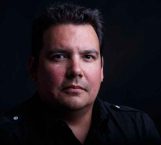 Niigaan Sinclair
Niigaan Sinclair
Originally appeared in the Winnipeg Free Press in March, 2020. Republished with the permission of the author.
The views, opinions, and positions expressed by all columnists and contributors are the author’s alone. They do not inherently or expressly reflect the views, opinions and/or positions of NetNewsLedger.


